Guide To Photo-Morphogenesis
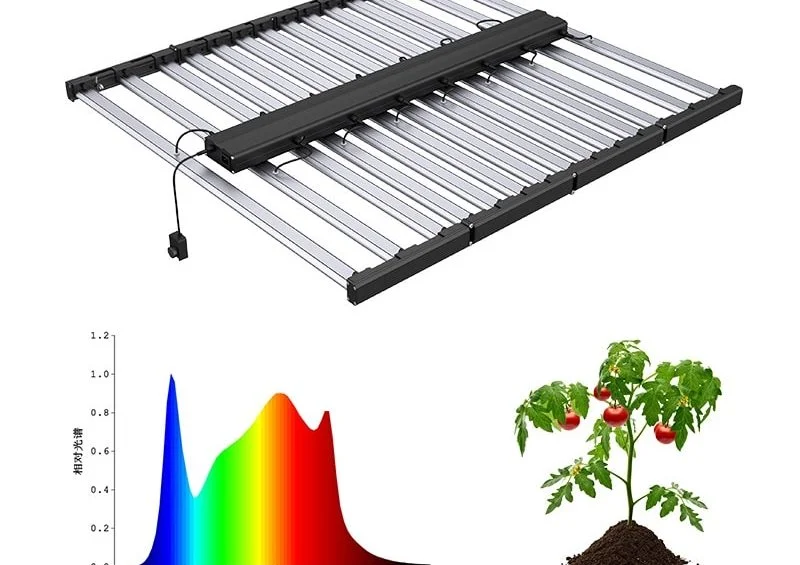
HORTICULTURE LIGHTING BEYOND PHOTOSYNTHESIS
How Does Plant Light Impact Plant Development?
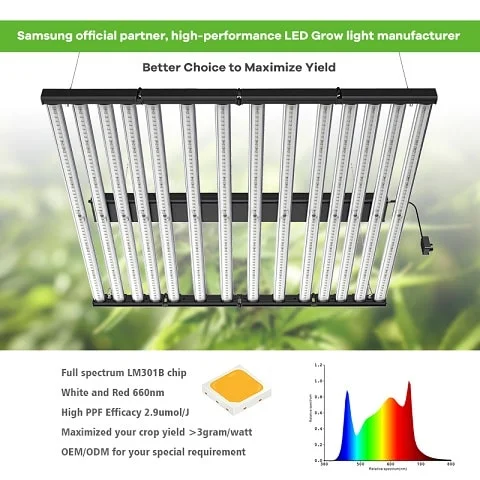
Photomorphogenesis
Even though plant light has been driving plant growth for many years through photosynthesis, the impact of Plant light on the development of plants has only recently been thoroughly recognised. Aside from photosynthesis, the colour of light (spectral light quality) serves as a signal to trigger light-mediated developmental responses in plants, such as seed germination and stem elongation. When referring to plant reactions, we use the term ''photomorphogenesis'' (from the Greek words ''photo'' and ''morpho'' meaning ''light'').
Controlled environment agriculture requires attention to plant morphology (the structure of the plant) since growth area, whether vertical or horizontal, may be restricted. There may be other considerations for horticulture lighting systems besides supplying a source of photosynthetic light for your plants.
Plants can perceive wavelengths spanning from UV-C (260 nm) to far-red (730 nm) utilising distinct photoreceptors that are not employed for photosynthesis, however this is not the case for all plants. To govern important phases of plant growth, which are heavily dependent on the spectrum of Plant light and sometimes on timing, periodicity, and the total exposure, these photoreceptors guide an adaptive response in plants under changing environmental circumstances.
Fluence, or the amount of photons absorbed per square metre of surface, is the term for this. In terms of fluence responses, there are extremely low (starlight), low, and high fluence responses, with plant light levels ranging from starlight to full sunshine (for high). The goal of this article is to provide an explanation of how plants respond to plant light in order that you may make an informed decision.
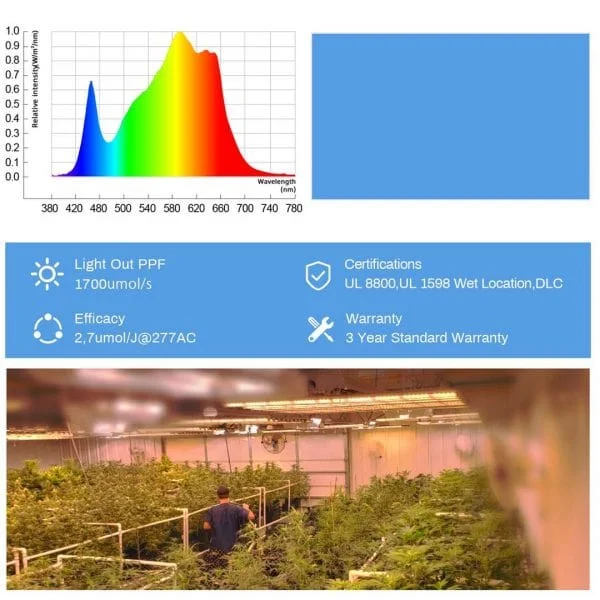
RED AND FAR-RED PLANT LIGHT RESPONSES
Red and far red plant light (the spectral area between 660 and 730 nm) govern the most well-understood developmental processes in photomorphogenesis. Phytochrome, the pigment responsible for R and FR light-mediated reactions, is critical to understanding how these two spectral areas affect plant growth.
There are two versions of the protein phytochrome – a red light-absorbing form (Pr) and a far red-absorbing form (Fr) that may be interchanged (Pfr). A photoequilibrium (phytochrome photoequilibrium) occurs when the quantity of each form of phytochrome is equal to the ratio of R to FR plant light in the plant light spectrum, with the relative amount of each form determined by this ratio. Pfr absorbs FR plant light and is changed back to Pr when Pr absorbs R light (or the other way around) (There is some overlap in in the spectra of both forms, and phytocrome does absorb some blue plant light as well, but for the sake of this guide, this will not be discussed).
Seed germination, leaf unrolling, chlorophyll generation, and stem elongation may be stimulated or inhibited by the R/FR spectral ratio, which determines the preponderance of one form or the other. It is also important to note that in photoperiodic plant species, phytochrome is the regulating agent in stimulating (or inhibiting) blooming. The effect phytochrome has on blooming and stem elongation will be the subject of this short discussion in order to highlight essential uses of horticulture lighting systems.
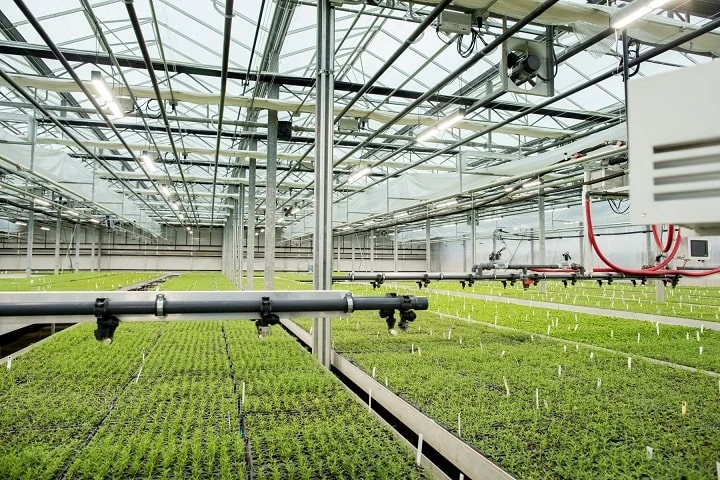
PHOTOPERIODISM
Depending on the kind of plant, there are long-day plants (requiring long nights to blossom), short-day plants (requiring short nights), and day-neutral plants (requiring no photoperiod).
Photoperiodism refers to this dependency on the photoperiod, however it is really the duration of the dark period (skotoperiod) that determines the blooming of photoperiodic plant species. Slowly, Pfr transforms into Pr, and as skotoperiod length grows, so does the proportional quantity of Pr. If Pfr transforms to Pr in the middle of the skotoperiod, long-day plants will not blossom, whereas short-day plants will only flower if Pfr converts to Pr in the middle of the skotoperiod. Low-flourescence phytochrome responses can only be reversed by flashing R plant light at the right time in the skotoperiod to bring Pr back to Pfr.
This may be done by utilising a succession of brief flashes of red plant light with low photon flux levels, such as a few moles/m2/s photon flux. A single flash of pure FR plan light at the beginning of the dark photoperiod may promote flowering in short-day plants, after all other lights have been turned out. For the purpose of blooming, this essentially adds a few hours to the dark period, which may be utilised to lengthen the light time for growth and so maximise plant yields. For plants with different photoperiod needs, the foregoing strategies might be used to postpone blooming, which may be desirable at times (e.g. to provide the best quality flowers on schedule for certain holidays).
Using one set of plant lights for growth and another for photoperiod management is an excellent energy-saving (and consequently cost-saving) method. The number of fixtures required for photoperiod control may be substantially less than the number of fixtures needed for growth. Photoperiod control, on the other hand, requires just a few minutes of operation at a time. Horticulture lights are frequently restricted to low-energy LEDs since they are only partly photosynthetically active.
The shadow avoidance reaction is another key R and FR photomorphogenic response for horticulture lighting systems. Far-red light is more easily transmitted through leaf tissue than red light, resulting in a higher concentration of far-red light in plants cultivated under canopies. Hypocotyl elongation or stem lengthening may occur when the R:FR ratio of the plant pigments is low.
This is done to out-compete surrounding plants. Spectral light quality in horticultural lighting systems may greatly benefit from this. A shade avoidance response in plants may lead to an undesired growth pattern when photoperiodic lamps with a low R:FR ratio are used to encourage flowing through a system (especially if a compact growth habit is preferred).
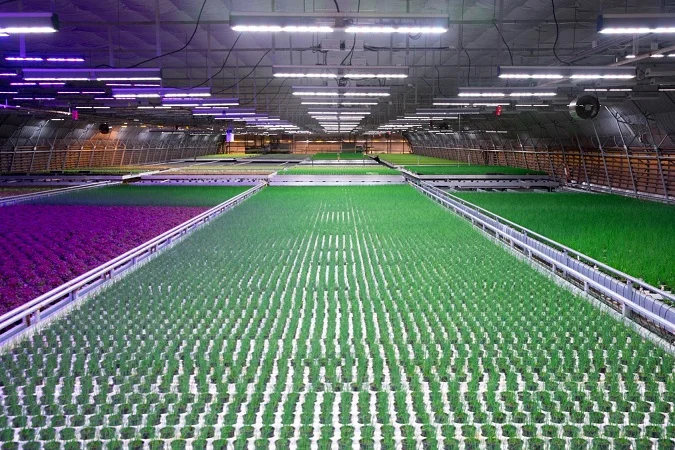
BLUE & GREEN PLANT LIGHT RESPONSES
Response to Blue Plant Light
Cryptochromes and phototropins are two of the most significant blue plant light photreceptors. The movement of chloroplasts inside cells, the opening of stomata, and the activation of gene expression (some of which are morphogenic and others which are not) are all aided by blue light in plants. Horticulture lighting systems need to include stomatal opening and height control in particular.
The swelling of leaves and developmental issues in certain plant species may be caused by low levels of blue plant light in the growth spectrum (less than 10% of the total photon flux, for example). The decline in plant height increases with increasing levels of blue light concentration. However, this may be helpful in certain instances (such as when seedlings are smaller and transportation expenses are less of a concern) but typically results in a worse light-to-energy efficiency ratio. Having a high percentage of blue plant light may be detrimental since it diminishes the leaf area of plants.
Similar to blue plant light, near UV radiation reduces photosynthetic efficiency even more, particularly below 400 nanometers (although the other effects may be stronger by comparison). Biosynthesis of chemicals responsible for fruit taste, higher anthocyanin concentrations, and other compounds not generated solely by photosynthesis is also influenced by this. There may be a trade-off in overall efficiency when using near UV light to control the plant’s synthesis of an important chemical or to regulate a related sensory mechanism, as there is with far red light.
Response to the Green Plant Light
Plants' photmorphogenic reactions to green light (500–600 nm) are not well known. Green light has the opposite influence on behaviour as red and blue light. A plant's height loss and anthocyanin accumulation caused by blue light were reversed when the plant was exposed to green light. To a lower degree than red or blue light, the phytochrome and cryptochrome photoreceptors discussed previously respond to green light.
The quest for photoreceptors that are sensitive mainly to green light has shown no conclusive findings to yet. The inclusion of green light in horticulture lighting systems has, on the other hand, been shown to benefit the development of a variety of plant species. Because green light penetrates leaves and canopies more than red or blue light, it has the potential to boost photosynthetic rates dramatically.
Horticulture lighting systems that include green light also increase the colour rendering index (CRI), which helps gardeners to more easily detect disease or nutrient deficiency/toxicity signs in crops without the need for special glasses.
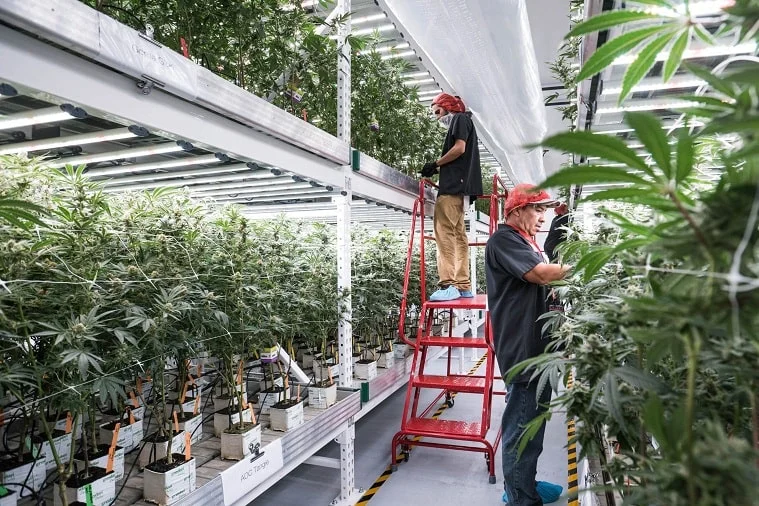
CONCLUSION
Numerous options exist when it comes to horticulture lighting systems, particularly with LED lights, which may have spectral compositions that vary from narrow-band to broad-spectrum (i.e. pink or purple) (often referred to as white).
Choosing the Luxint plant light horticulture lighting system depends on the kind of crop you're growing, not just for photosynthesis, but also for reaching desired morphological outcomes.
In order to give the greatest photosynthetic and photomorphogenic responses to a range of plant species, Luxint Indoor and Greenhouse were developed. Additionally, Luxint offers unique light spectra to stimulate photomorphogenic reactions.
Contact us for more information about research papers.



